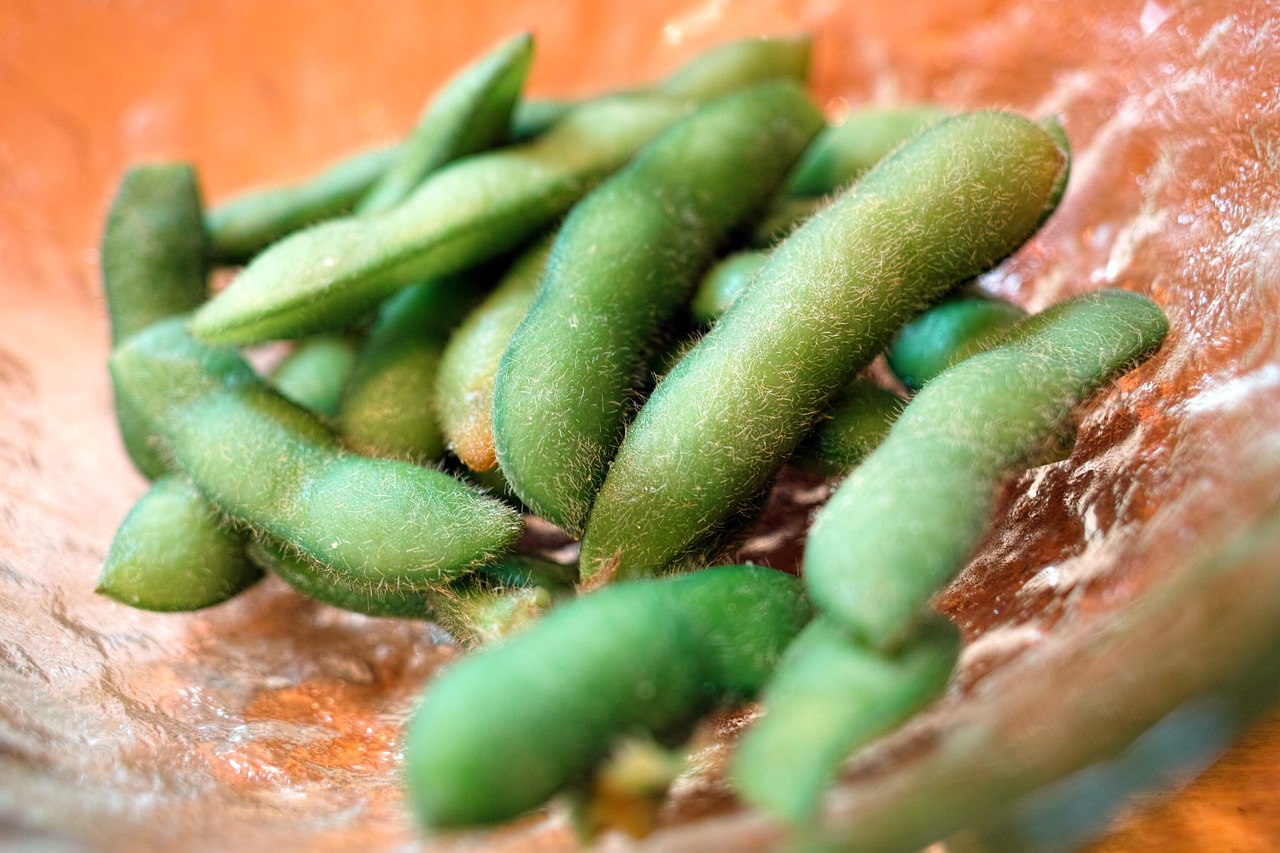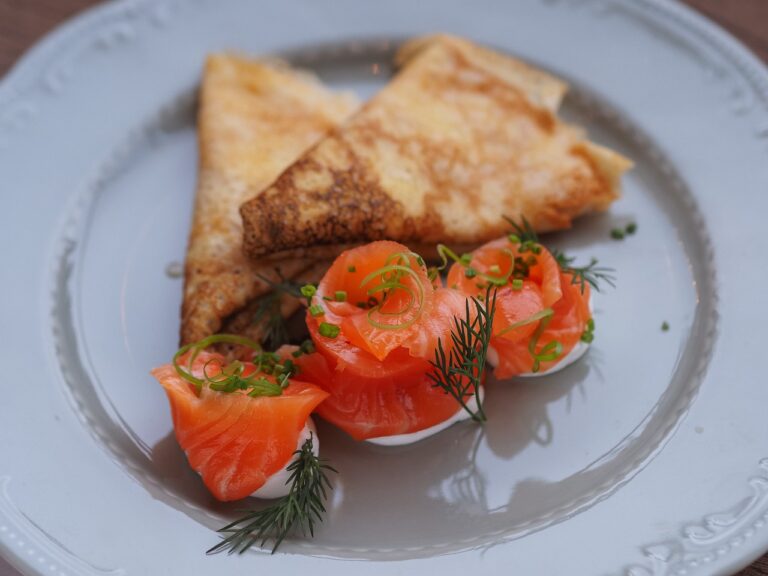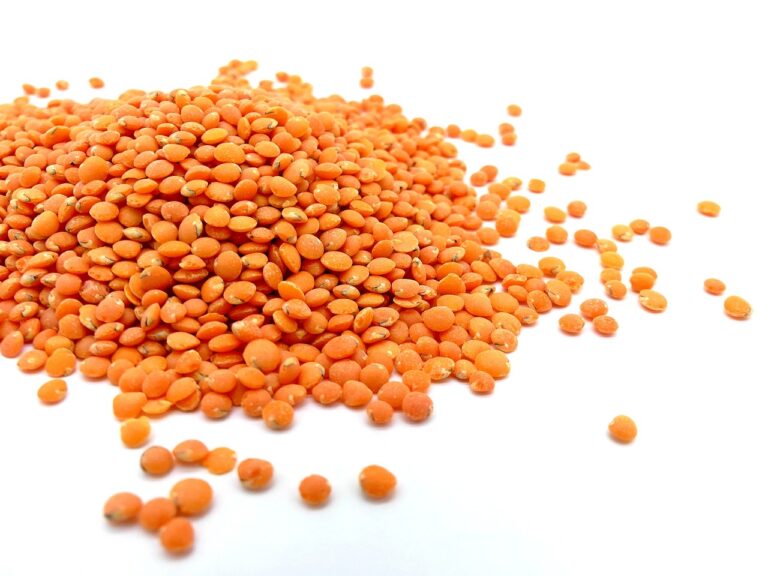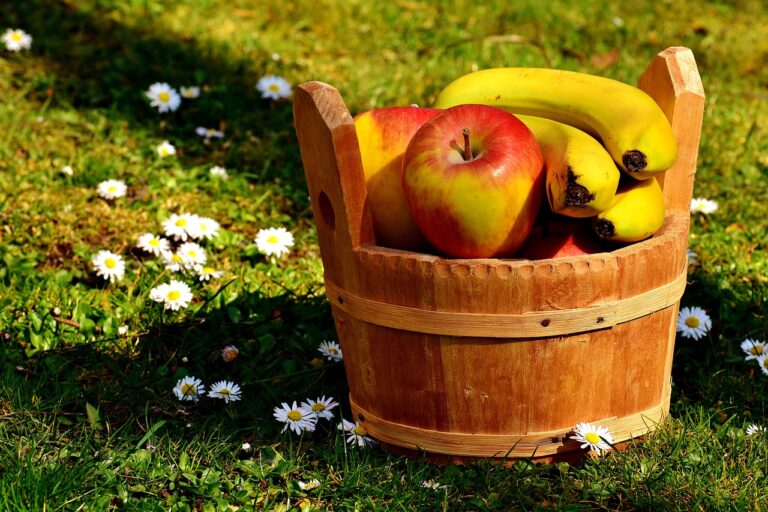The Art of Food Garnishing and Decoration
When it comes to culinary arts, presentation plays a crucial role in elevating a dish from mere sustenance to a work of art. The way a dish is presented can have a significant impact on how it is perceived, appealing not just to the taste buds but also to the eyes. A well-presented dish can evoke feelings of anticipation and excitement before the first bite is even taken, setting the stage for a memorable dining experience.
The importance of presentation in culinary arts extends beyond just aesthetics. A beautifully presented dish shows care and attention to detail, reflecting the skill and craftsmanship of the chef. It can also enhance the overall dining experience, making the meal more enjoyable and satisfying. Presentation is a form of expression in the culinary world, allowing chefs to showcase their creativity and passion through their dishes.
Tools and Techniques for Food Garnishing
To elevate the visual appeal of dishes, mastering the art of food garnishing is essential for chefs and culinary enthusiasts alike. From simple lemon twists to intricate vegetable carvings, the tools and techniques employed in food garnishing play a crucial role in enhancing the overall presentation of a dish. Precision is key when using tools like garnishing knives, peelers, and piping bags to create intricate designs and decorative elements that add an extra layer of creativity to a plate.
Techniques such as chiffonade, which involves finely slicing herbs or leafy greens into delicate ribbons, can bring a burst of freshness and color to a dish. Additionally, mastering the art of quenelles – shaping soft ingredients like ice cream or mousse into elegant oval shapes using two spoons – can add a touch of sophistication to desserts and plated creations. Experimenting with different tools and techniques for food garnishing allows chefs to unleash their creativity and transform ordinary meals into culinary works of art.
Why is presentation important in culinary arts?
Presentation plays a crucial role in culinary arts as it not only enhances the visual appeal of the dish but also creates a lasting impression on diners. A well-presented dish can make the dining experience more enjoyable and memorable.
What are some common tools used for food garnishing?
Some common tools used for food garnishing include garnishing knives, peelers, zesters, pastry bags, tweezers, and decorative molds.
What are some popular techniques for food garnishing?
Some popular techniques for food garnishing include using edible flowers, fruit carvings, vegetable ribbons, sauce drizzles, herb sprinkles, and microgreens.
How can I improve my food garnishing skills?
Practice is key to improving your food garnishing skills. Experiment with different tools and techniques, and don’t be afraid to get creative. You can also take classes or watch tutorials to learn new garnishing techniques.
Are there any food garnishing trends to watch out for?
Some current food garnishing trends include using sustainable and locally sourced ingredients, incorporating ethnic flavors and designs, and focusing on minimalistic and natural presentations. Stay updated on industry trends to keep your garnishing skills fresh and innovative.







